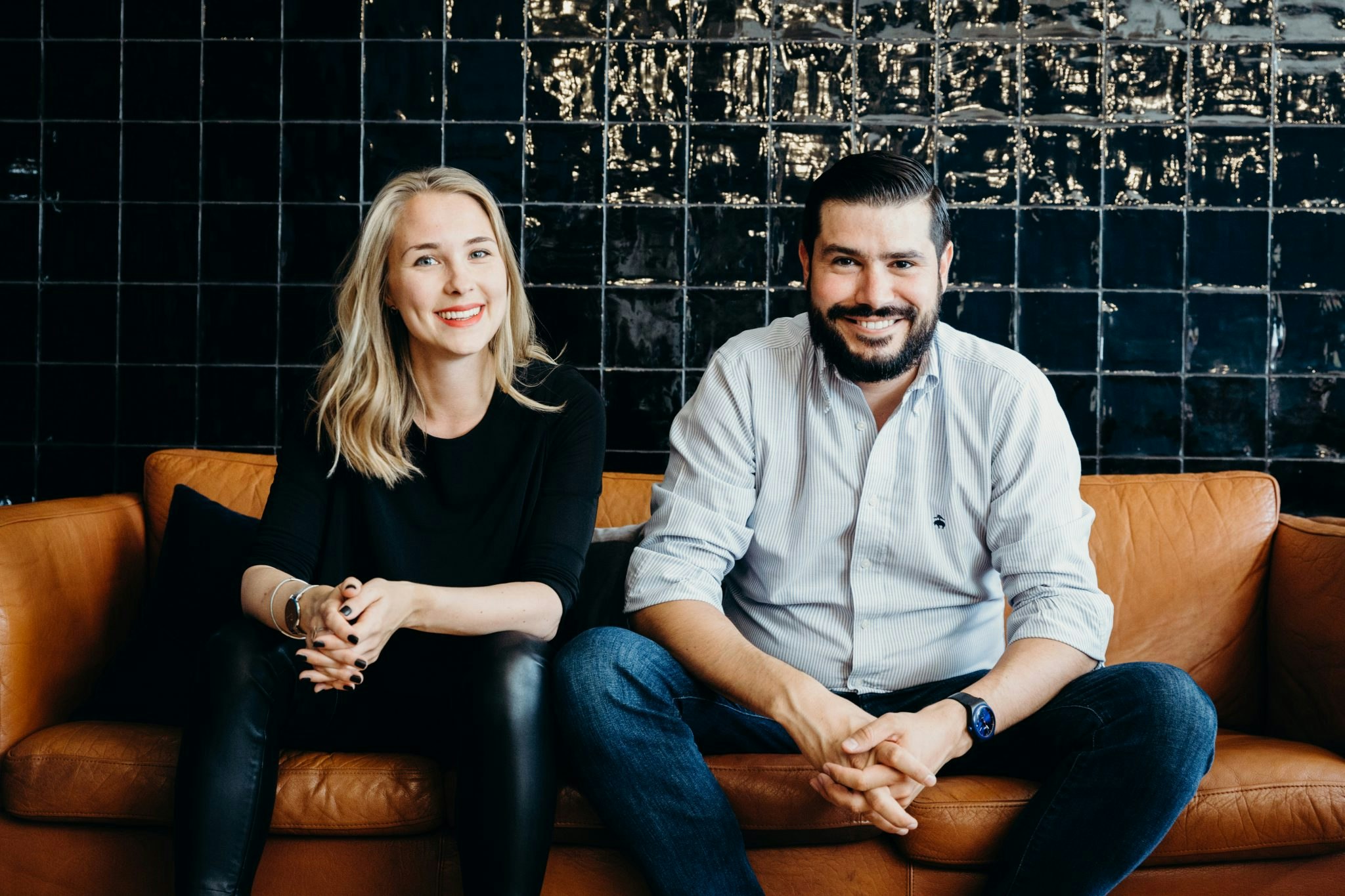Einstein. Thomas Edison. Elon Musk. We love stories about innovation heroes, inventors who battled against the doubt and uncertainty surrounding them. But is innovation a divine spark bestowed on a select few? Or is innovation something you can learn?
It is, according to Professor Stefano Brusoni at ETH Zurich, also a senior partner at the innovation consultancy Spark Works and chief science officer at the edtech Sparkademy, which offers a corporate learning programme around innovation and leadership.
The brain is very plastic. Anybody has the ability to be an innovator, in the right environment.
“The brain is very plastic,” he says. “Anybody has the ability to be an innovator, in the right environment. There is such a thing as talent, but the environment is at least as powerful as genetics. The environment should be conducive to innovation — if ideas are constantly rejected this will have a damping effect.”
Some people are naturally more receptive to new ideas and able to tackle change. But everyone can learn to be better at this.
Attention control
According to Brusoni, the ability to innovate has much to do with attention control. This is a neurological executive function that, for example, enables to shift the focus of attention between the broad and the narrow. It is the circuitry related to identifying patterns and extrapolating from information, making cost-benefit analyses.
It’s not that people with strong attention control make decisions faster, says Brusoni. It is more that they have a quality of thinking twice. They notice things, sometimes small, subliminal changes in the environment and change what they do in response to that. It’s a bit like Jason Bourne, the spy in the thriller movies, reacting to very small clues in the environment, giving him an almost preternatural ability to anticipate his opponents' moves.
Attention control was more highly developed in entrepreneurs than in people working for corporate R&D labs.
Brusoni and colleague Professor Daniella Laureiro Martinez started research into innovators 12 years ago, scanning the brains of people who were considered expert decision-makers. They were typically in their mid-30s, responsible for teams, and were typically employed in developing new projects, either in corporate R&D labs or their own companies.
There were visible differences in people’s attention control brain circuitry. Interestingly, it was more highly developed in entrepreneurs who ran their own companies than in people working for corporate R&D labs.
Brusoni’s theory is that entrepreneurs are forced to play so many different roles in the business — from sales to HR to accounts — that it kept their brain more agile.
Emotional intelligence
Attention control is only one part of the story. The other key part is emotional intelligence. In order to get innovation to happen you must be able to take people on the journey with you. Letting go of old habits causes anxiety and taking up new challenges causes fear. A good innovation leader needs to be able to understand these reactions and help guide people through them.
Test your own innovation strengths here
Brusoni and Sparkademy cofounder Alan Cabello turned the research into a series of user-friendly tests that can identify people’s innovation strengths without having to stick anyone into an MRI machine. Called Spark Check, it tests people’s ability to deal with uncertainty and with other people’s emotions. In fact, you can try a sample mini-test of your own innovation abilities and find out your transformation type (Front Runner, Problem Solver, People’s Person, or Change Maker).
The Spark Check, part of which involves clicking on differently coloured squares to get a maximum score, has been made intentionally hard to cheat or “game”, says Brusoni. It isn’t easy to figure out how to influence your score.
Sparkademy’s Spack Check can help companies identify staff members who have stronger than average innovation skills. They also run a training programme that can teach them — or anyone else at the company — to improve their innovation skills. Their pitch is that you don’t need to hire expensive external consultants to lead a change management programme: through education you can grow your own internal innovation and transformation capabilities.
The programme
Sparkademy has run their unique learning programme with a few companies already in both the US and Europe, such as Philip Morris International and Cargill. Some 500 people have gone through at least part of the programme across the different clients that Sparkademy works with, across 50 countries.
We want to teach people new habits, to literally change the circuitry in the brain, incrementally over time.
“We want to teach people new habits, to literally change the circuitry in the brain, incrementally over time,” says Brusoni.
It’s a long programme. This is not the case of sending executives off for a two-day workshop. The first part of the programme takes 3 to 4 months to complete, and the following two parts vary depending on the participant and their employer, but the whole programme can take up to a year. Despite the length of the programme, some 90% of people complete the training, says Cabello. This a high engagement rate compared to most online courses.
Employees work in teams and cohorts — rather than one person learning to think innovatively but facing an uphill battle to convince the rest, the point is to change culture more broadly. In the end, innovation and corporate transformation has to be a team effort, first of the few and then of the many. Einstein, Thomas Edison, Elon Musk are the stories we hear about, but they all had countless other innovation heroes on their team.




